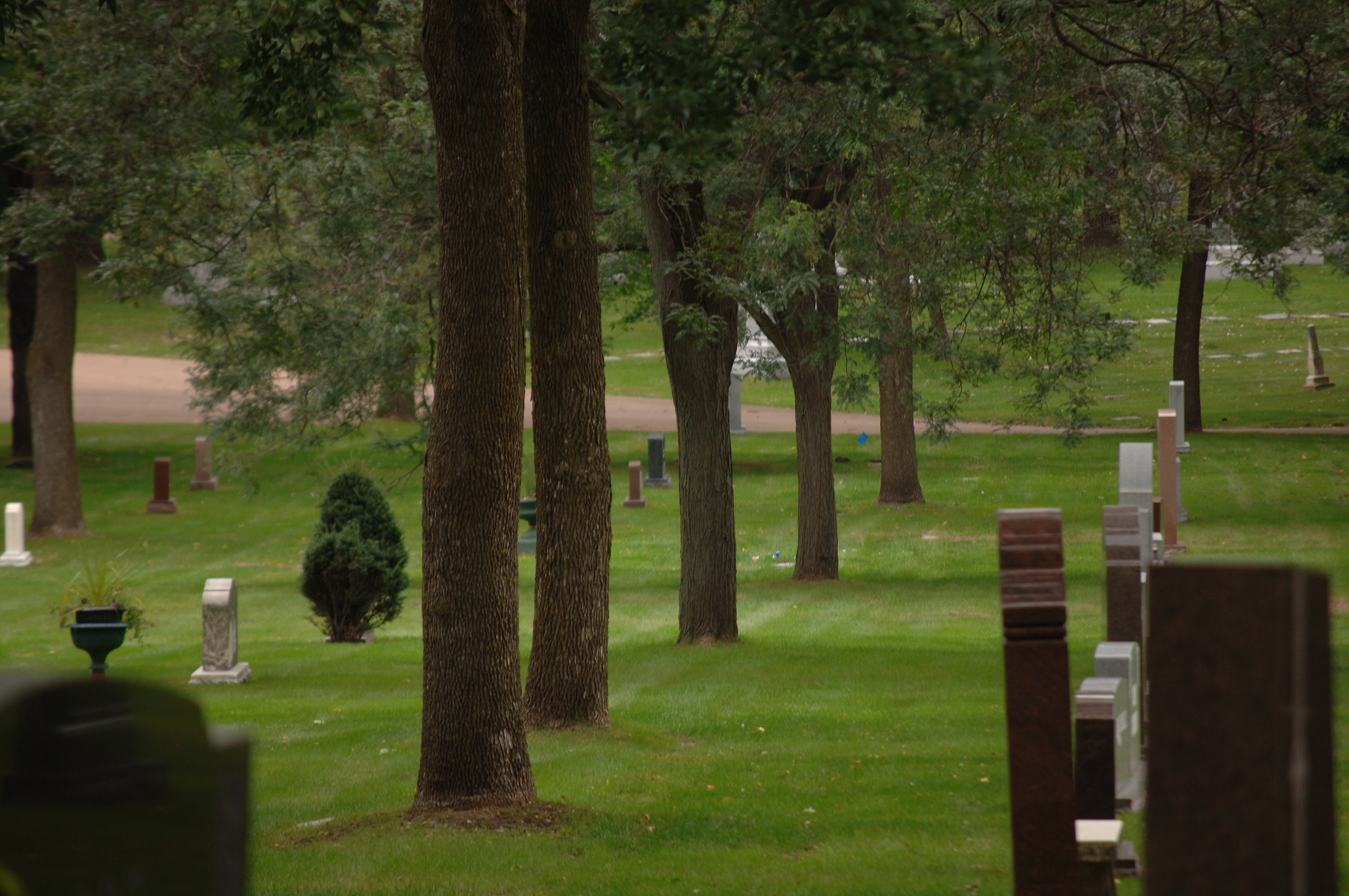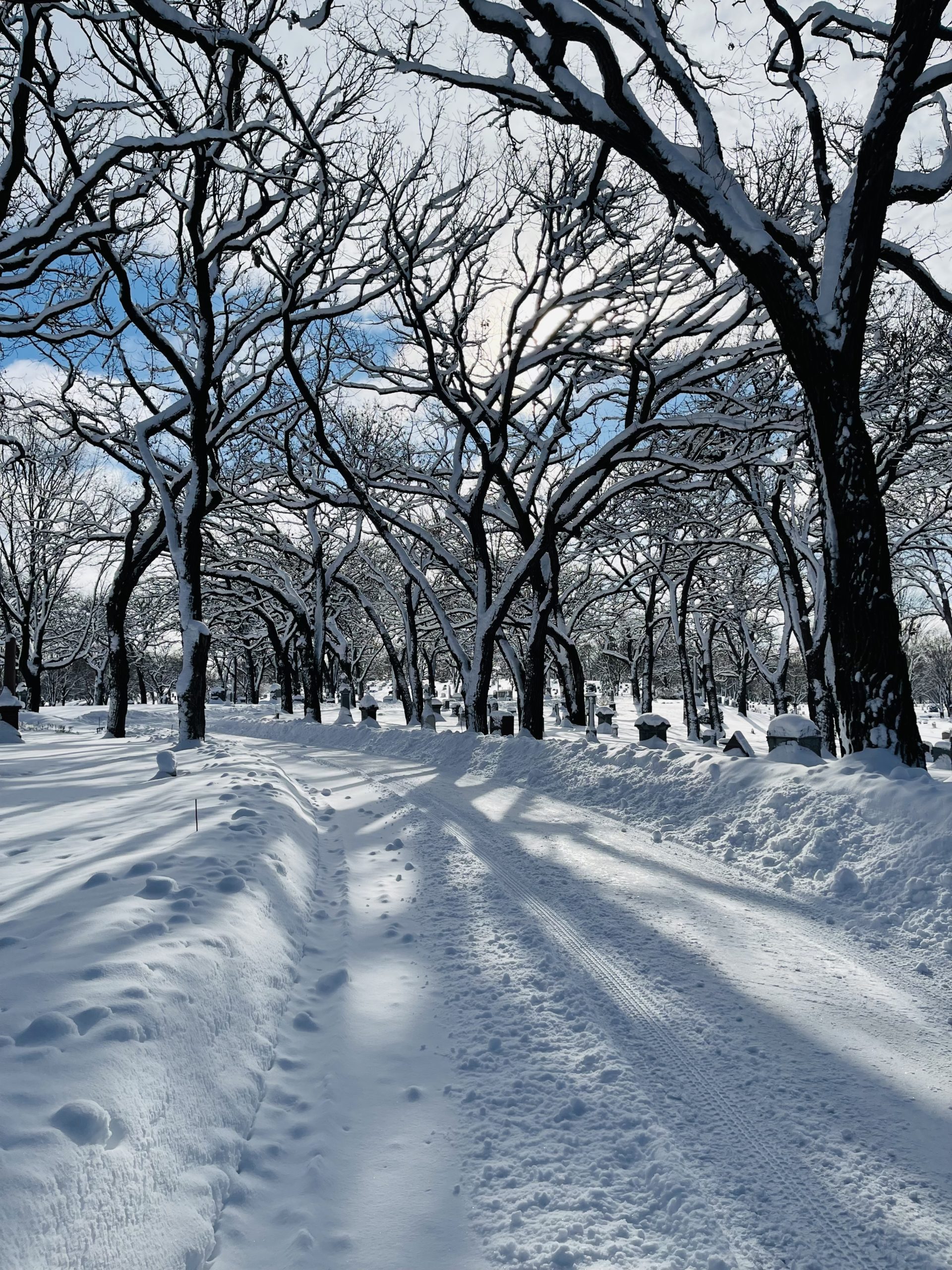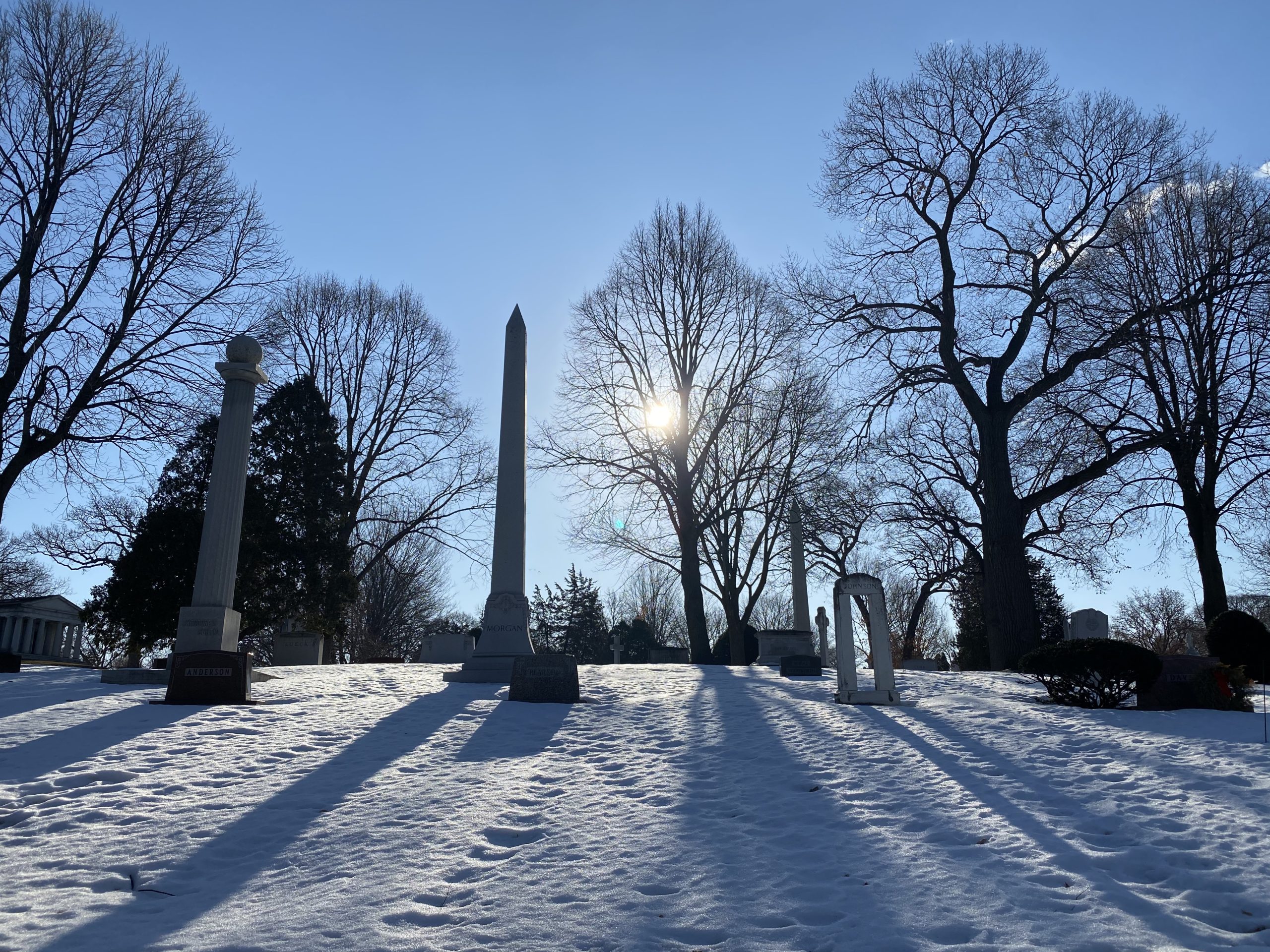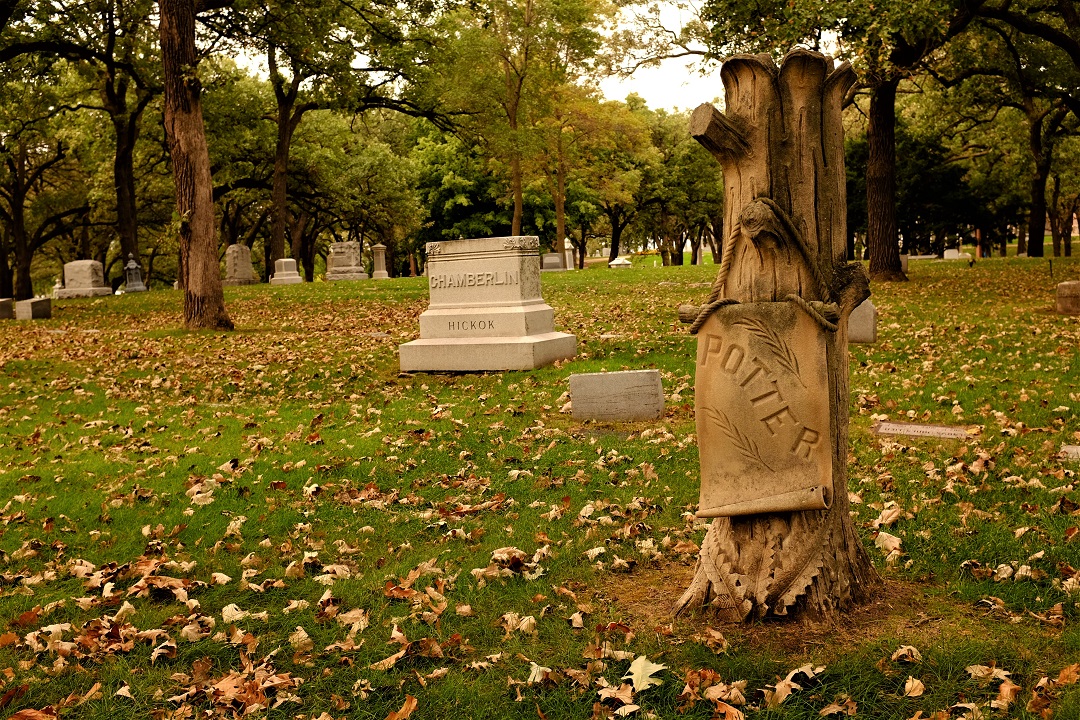If you’ve visited Lakewood recently, you may have noticed there are fewer trees. Since 2018, the Minneapolis Park Board has marked over 700 hundred ash trees at Lakewood for removal due to an invasive beetle called the emerald ash borer (EAB).
Read on to learn more about what’s happened and our plan to plant new trees — including how you can help.
What is the Emerald Ash Borer?
In the last two decades, ash trees all over the Eastern and Midwestern United States have become infested with EAB. The beetle’s larvae live in the bark of the trees, where they create tunnels. These tunnels disrupt the flow of water and nutrients throughout the tree, which causes the tree to die.
EAB came to the U.S. nearly two decades ago in overseas shipping containers. The beetle was discovered in Minnesota in 2009, and it has spread quickly in recent years. Learn more about EAB from the Minnesota Department of Agriculture.
Minneapolis’ Proactive Approach to Manage EAB
To help manage the devastating effects of EAB, the Minneapolis Park and Recreation Board mandated the proactive removal of thousands of ash trees on public and private property throughout Minneapolis. Hundreds of ash trees here at Lakewood are among the trees that have been removed. Learn more about the Park Board’s approach to EAB.

Strengthening The Biodiversity of Lakewood’s Urban Forest
As with any forest, the trees at Lakewood are in a constant state of change. Storm damage, disease and pests are all part of the natural cycle and rhythm of an urban forest.
While we are deeply saddened to lose these trees, we are optimistic about the opportunity to plant new and more diverse tree species at Lakewood. As our climate changes and new tree diseases emerge or migrate here, our trees will continue to face new threats. Planting a biodiverse woodland is key to both a beautiful setting and a resilient landscape.
Replanting New Trees
We’re working on a plan to replant a beautiful variety of new trees. Several factors affect how many trees we can replace, how quickly we can replace them, and where we can plant the new trees, including:
- The size of the removed tree
- The complexity of the old and new trees’ root systems
- The layout of our underground water systems
- The proximity of the trees to grave sites
- How new plantings will fit within our master landscape plan
We have begun the planning — and planting — of new trees at Lakewood, but the process will take several years.
How You Can Help
As a nonprofit, Lakewood invest proceeds in a perpetual care fund to support the long-term maintenance of Lakewood’s grounds and buildings. However, because this is a large expense outside of regular maintenance, we are accepting donations to help support the planting of new trees at Lakewood through our Lakewood Heritage Foundation.
Addressing Damaged Grass
In addition to our beautiful tree canopy, Lakewood is home to numerous wildlife species, including ducks, geese, fox, deer, and wild turkeys. While we enjoy the beauty of the wildlife here, some of the animals’ eating habits can be, unfortunately, destructive. If you spot areas in the cemetery that look “dug up,” that is where wild turkeys have been digging for food. We have been working to re-sod as many of these areas as quickly as we can, and this work will continue ongoing.
We appreciate your patience and support as we work to keep Lakewood beautiful despite the challenges that nature sometimes presents us. We’ll keep you up to date with developments via this website. Direct any questions to us at info@lakewoodcemetery.org or call (612)822-2171.


